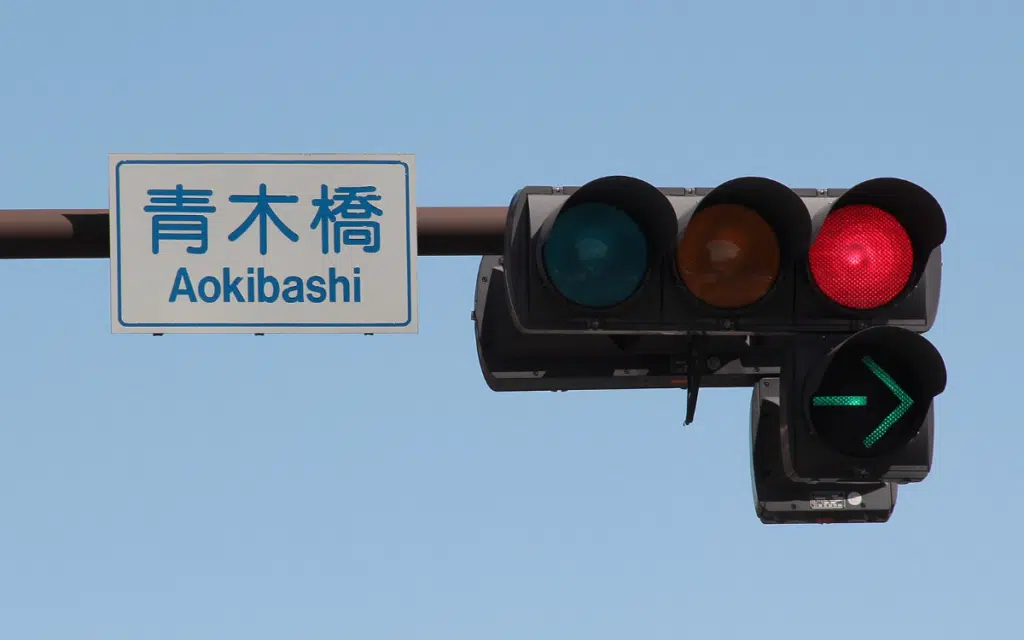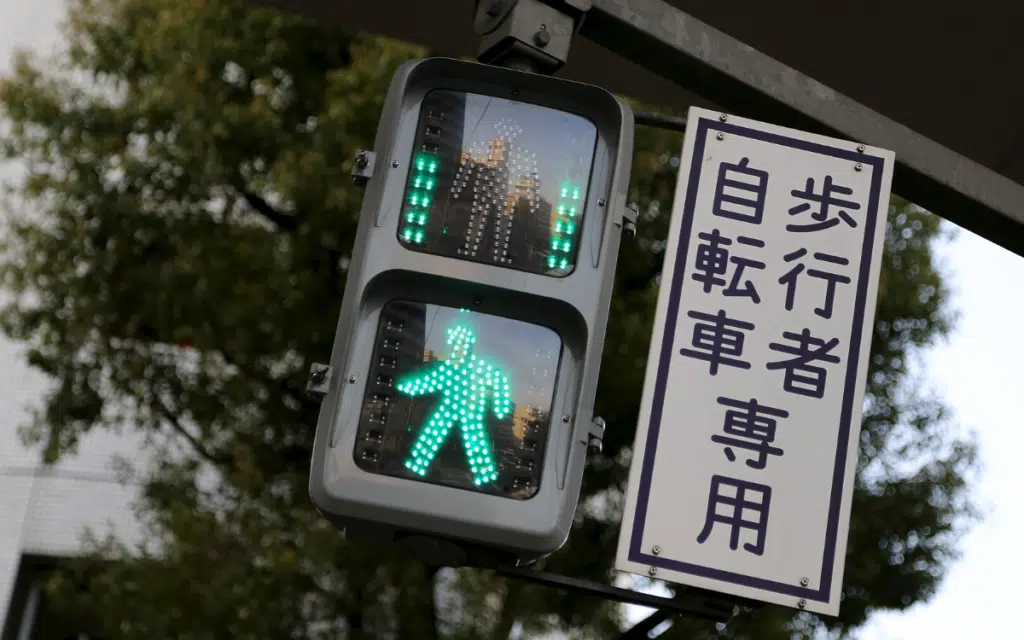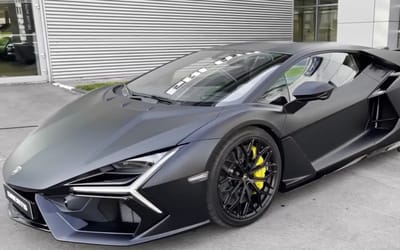Why Japan has blue traffic lights is interesting yet complicated
- Japan has blue traffic lights however, its not what it seems
- The country’s light colors are down to differences in the language
- The origins of this can be traced back to China
Published on Mar 26, 2025 at 8:25 PM (UTC+4)
by Henry Kelsall
Last updated on Mar 27, 2025 at 12:51 PM (UTC+4)
Edited by
Kate Bain
Japan has blue traffic lights across the country, and the reasons for that are interesting, if a little bit complicated.
The reasoning behind this is due to differences between our language and Japanese, with the origins rooted in China.
It’s based on how we and the Japanese see different colors and the words we use for them, rather than the country just using the color blue for its traffic lights.
That’s what makes this more complicated than it first appears.
DISCOVER OUR SUPERCAR AUCTION SITE – View live auctions on SBX Cars
Japan calls its traffic lights blue, not green
For the most part, the car and pedestrian traffic lights in Japan are bright green, just as they are in the rest of the world.
However, as Japan Up! magazine has stated, they are called blue, or ao in Japanese, instead of midori, meaning green.

Should you point at a traffic light in Tokyo and shout midori, you’ll just confuse those around you. In more ways than one.
It’s a quirk of the language and one that can easily trip up those who are new to it.
The reasons behind this are fascinating, and it stems from the original five-color wheel brought to Japan from China.
This is where things get very confusing, as the character ao was used to describe the color of the sky, meaning blue, in China.
The country had its own primary color
With the country having its own primary color in green, the character and word for ao ended up meaning both blue and green.
That same word also came to be used for gray as well, just to confuse matters even more.
By the time the country’s first traffic lights were constructed in Hibiya, Tokyo, in 1930, many other colors were available.
Green was now midori and ao meant blue, and with ao being the word for the primary color, it was what stuck for the traffic lights.

Newspapers described the color as ao-shingō, yet the official legal term was midori-iro shingō.
For the most part, Japanese traffic lights are indeed green.
However, some are blue or a shade of blue, which could begin to confuse matters even more for tourists!
We said it was complicated, and as you can see, it’s difficult to get your head around it all!
DISCOVER SBX CARS: The global premium car auction platform powered by Supercar Blondie

Henry is a content writer with nearly ten years experience, having written for various publications since 2017. Qualifying with a Sports Journalism degree from Staffordshire University, Henry loves all things automotive but has a particular soft spot for classic Japanese cars and anything Lancia. He also has a curious passion for steam locomotives.




